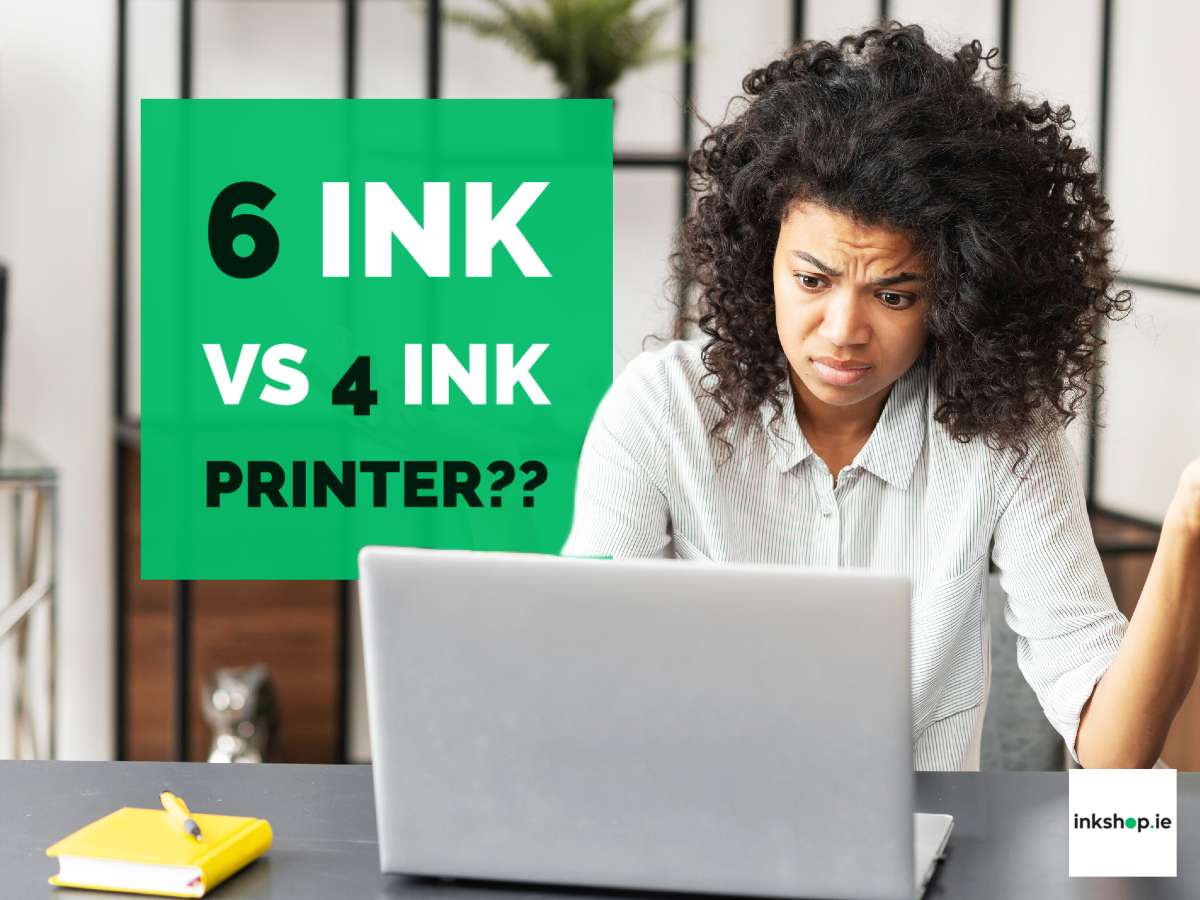Many decades ago the printing of photos - say on a newspaper - was a simple process. The image was made up of a series of black dots, or the absence of them. If something was very dark, big black dots close to each other were used. If something was white, a tiny number of tiny dots (or no dots) were used. All the intermediate shades were depicted by varying the size and spread of the dots.
If you look at an old newspaper photo with a magnifying glass, you can see those dots clearly. Sometimes you can see them without any help. But step back from the picture and it comes together perfectly.
Printing hasn’t changed much, but we have got far more precise. You would need a good microscope to see the dots now, and they are not just black on white. A small range of colours are mixed perfectly together to match any hue in nature. Remember when you were in primary school? You were taught to get green by mixing blue and yellow; purple by mixing blue and red; orange by mixing red and yellow. Mix blue, yellow and red, and you get black. Cut back on the blue a bit and you get brown. All the colours can be depicted from a limited palate.
Modern printing uses four colours to get every other colour. The four are cyan, magenta, yellow and black. Mix them in the right proportions and you get everything else.
But if you added a few more basic colours, could you get a richer result? Welcome to the world of the six ink printer.
Table of contents:
- What is a 4 cartridge printer?
- What is a 6 cartridge printer?
- Are 4 or 6 cartridges better for printing?
- Are 6 cartridges more expensive than 4?
- Conclusion
What is a 4 cartridge printer?
If you are only printing black and white, you could get away with a single cartridge containing black ink. And in the early days, this is what you got. But now everyone expects their printer to handle full colour. So there will be at least one more ink cartridge in your printer, to handle the colours. It used to be that the one cartridge contained three pigments, but now it is standard to have four cartridges, one for each colour. Black, cyan (a type of blue), magenta (a type of red) and yellow (a type of - well, yellow!).
The tiny pinhead nozzles on the printer head then mix these four pigments to produce your final printed image. That is your standard four cartridge printer. And it can produce beautiful, sharp images.
What is a 6 cartridge printer?
In a nutshell, 6 colour printing takes the four basic colours, then adds in extra colours for greater precision. Usually these extra colours are a light cyan and a light magenta but could be dedicated green and red ink, it just depends on the printer. With the wider colour palette to work with, you can produce more vibrant images than the four colour process allows. It produces slightly improved realism, and smoother transitions in the hues. This might not be apparent in your holiday snaps, or in simple graphic tasks, but if your business is graphics, the extra realism might be important.
You can paint a satisfactory landscape with a limited palette, but it is no coincidence that all the great painters set out with a full paintbox. It gave them greater options.
Of course, you can choose an eight, ten, or even twelve, ink printer, but these are for very specialised uses.
A good 6 cartridge printer is the Epson L805. It is sleek and stylish, and prints rapidly, delivering sharp crisp copies with a very rich range of colours. It is also very economical to run. Check out the updated version of this model the EcoTank ET-8550 (Epson website) and printer ink for the EcoTank ET-8550.
Are 4 or 6 cartridges better for printing?
Whether to opt for 4 or 6 cartridge printers really depends on what you need the printer for. There is no doubt that the six ink option produces better quality photos. The colours are richer and there is greater depth in the image. But they are a little more expensive to buy, and there are six cartridges, so you may get cartridges running out a little more often.
The decision comes down to personal choice. At inkshop.ie we would be delighted to advise you on what will work for your needs.
Are 6 cartridges more expensive than 4?
When you buy the printer, the 6 ink option might be a little more expensive. But you need to look beyond the obvious to arrive at the true answer.
If you are using four colours to produce a particular hue, you may end up going heavy on those colours. But if you have the two extra cartridges available, you might be able to reach that hue with less ink. It’s like having an extra gear in the car; it improves your fuel economy.
So the initial extra cost will be made back if you do a high enough volume of quality colour printing.
The 6 cartridge printer might actually be the cheaper option long-term.
Conclusion
Technology is constantly evolving, and printers have become better over the years. The basic CMYK palette will get you very good results, but now you can get even better results with an expanded hexachrome (six colour) range. The difference is slight but definite. Whether you need the improved quality comes down to what you are printing. But if you opt for the six cartridge option, your initial investment may save you money in the long run, because you will use less ink.

